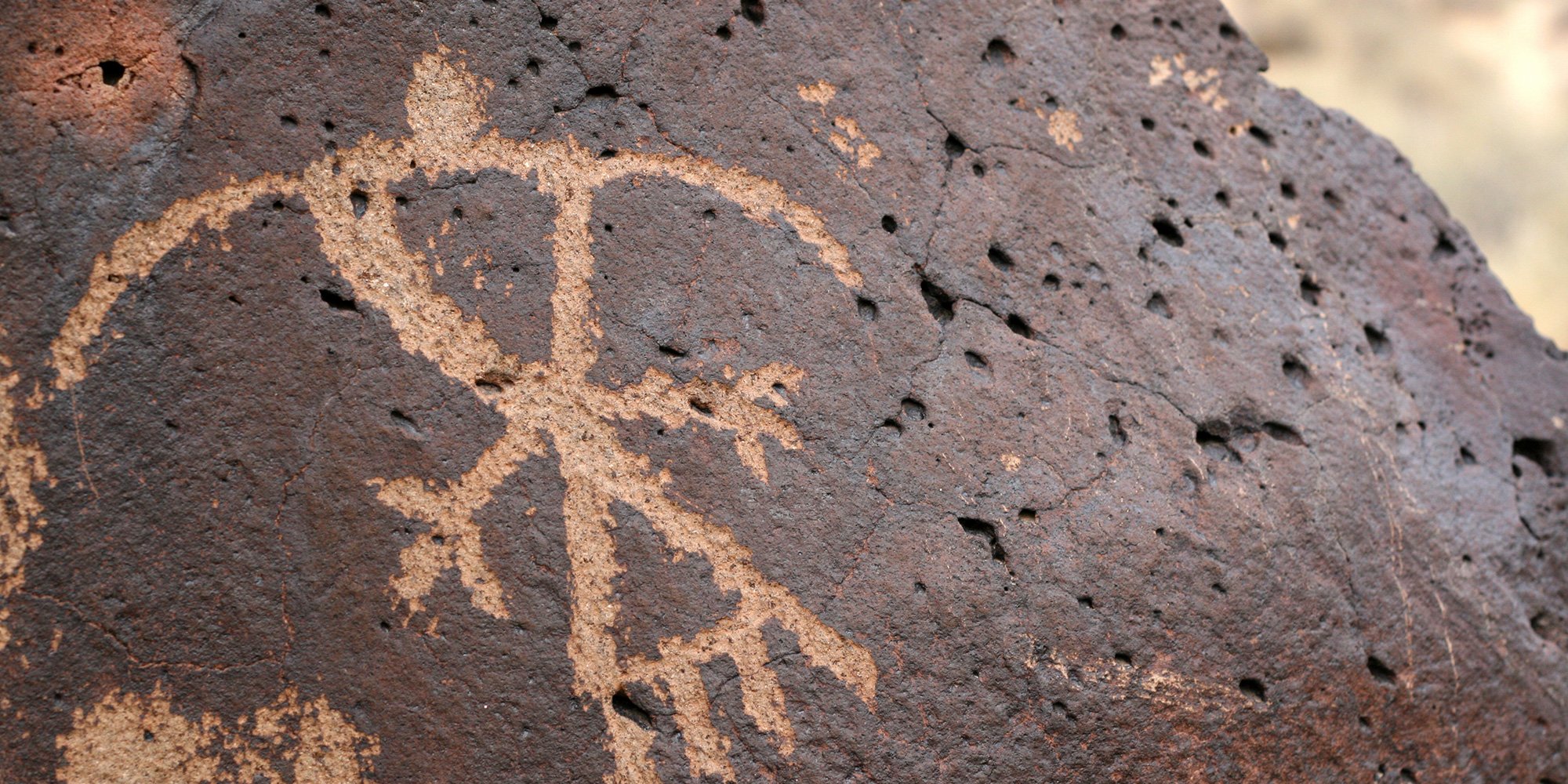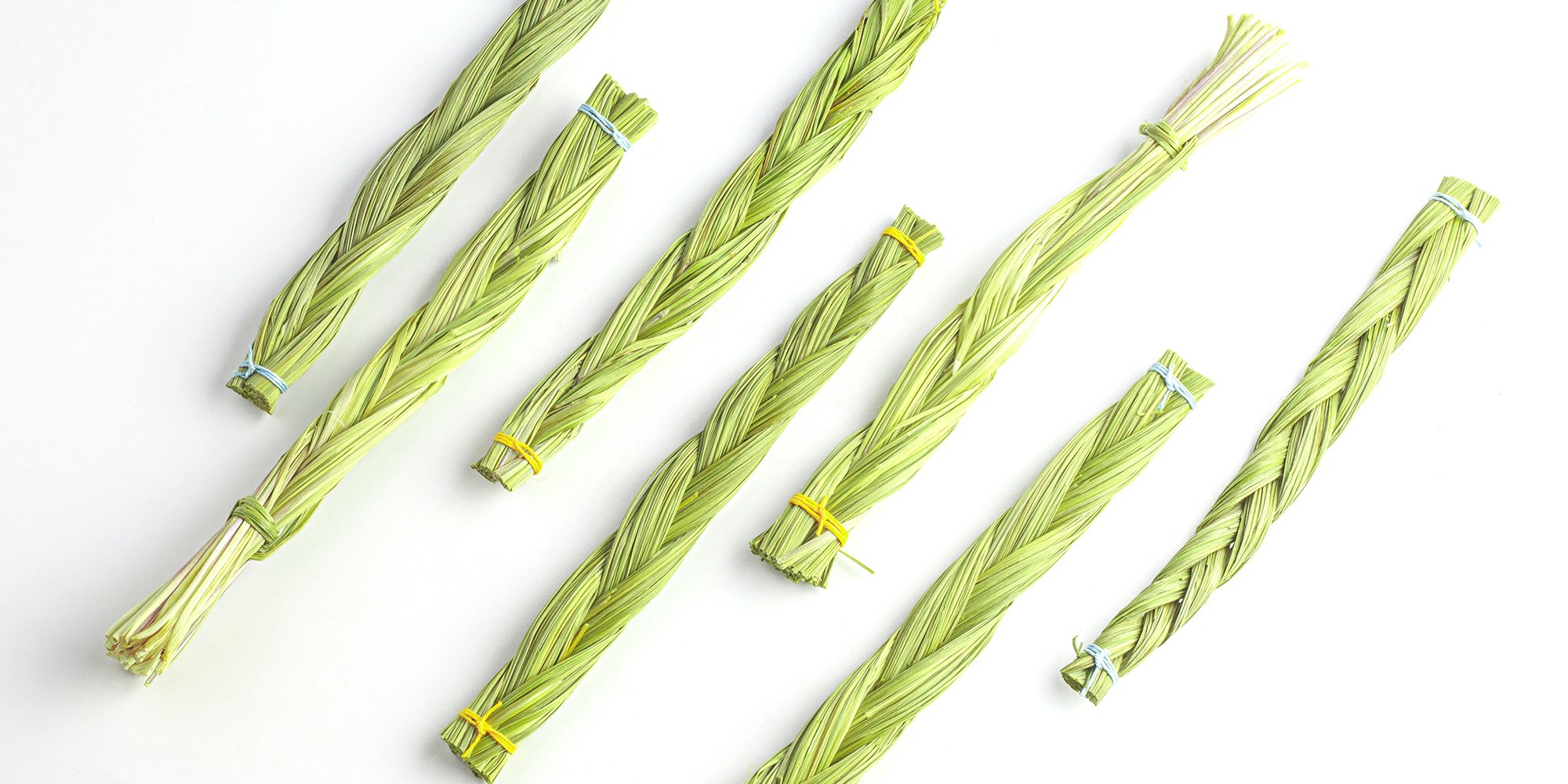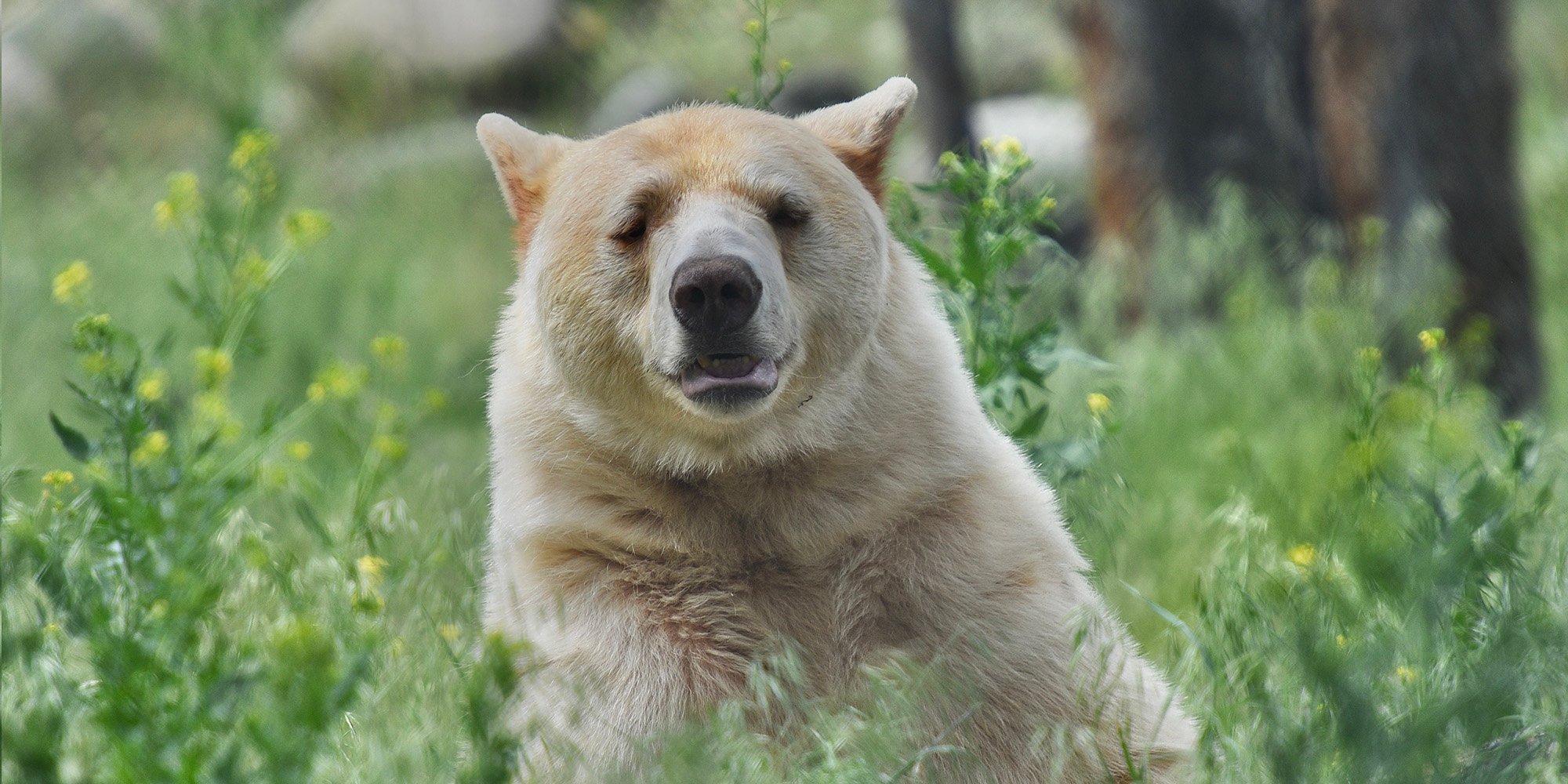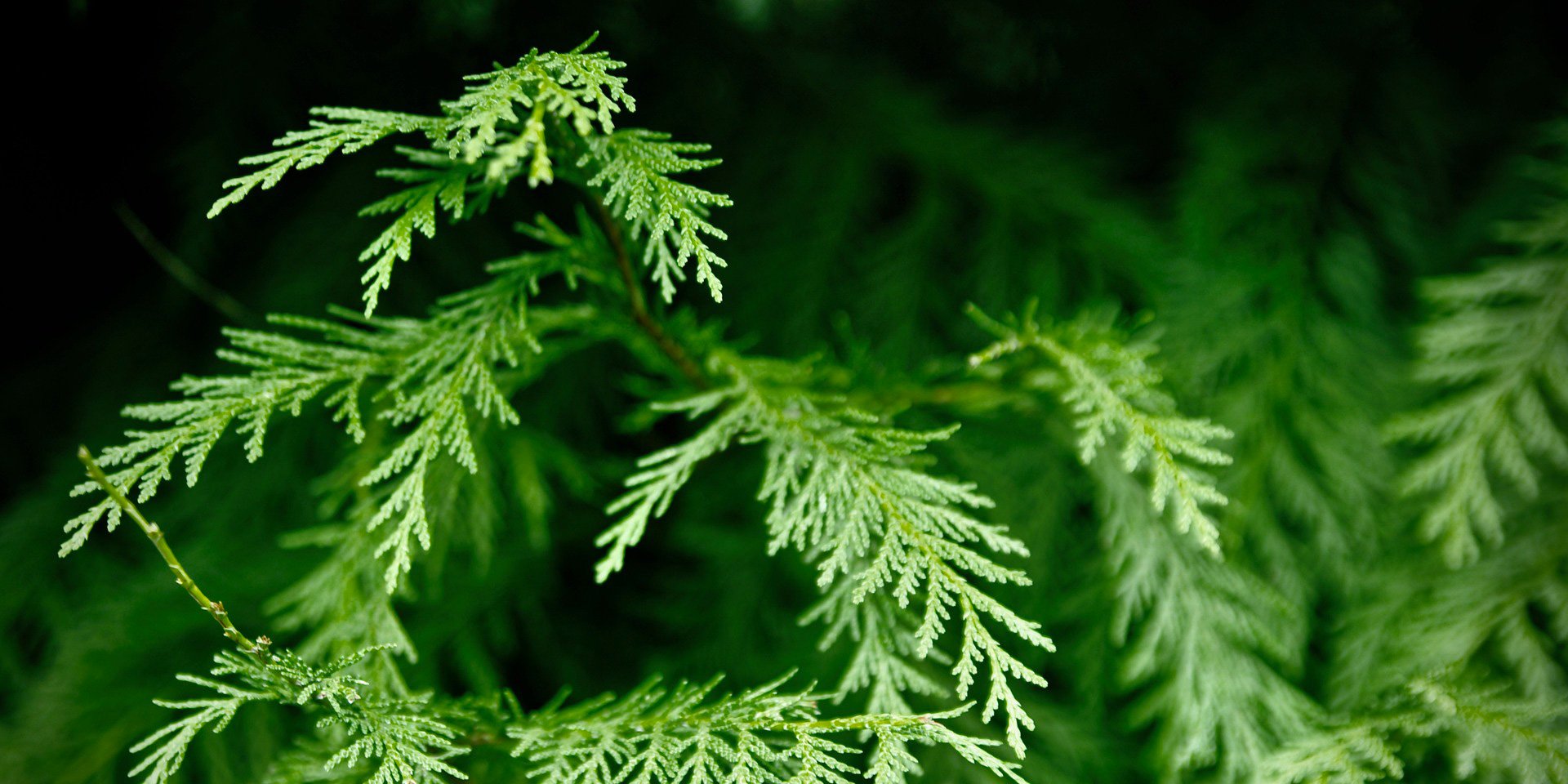Indigenous Sacred Plants: Sweetgrass
Sweetgrass is one of the four plants (tobacco, sage, red cedar and sweetgrass) considered sacred to Indigenous, Inuit and Métis Peoples. It is known...

For First Nations, their identity, nationhood, and cultural survival are all interconnected to their relationship with the land and cannot be separated out from their specific lands. This inexorable connection is celebrated in oral histories, creation stories, ceremonies and cultural practices.
In this article on First Nation sacred sites, we are speaking generally and not about a specific First Nation culture – each Nation has its own spiritual beliefs, sacred sites, and cultural practices. We are simply providing a framework for understanding what lies behind the sanctity of sacred sites.
While the entire earth, as the source of life, is considered sacred, certain areas are of greater sacred significance than others. First Nation sacred sites are the very heart of traditional lands. These sites could be buffalo jumps, sweat lodges, whaling shrines, transformation rocks, first ancestor sites, petroglyphs, birthing spots, where gods live, where First Nations people go for cleansing, where leaders go to communicate with gods, where ancestors are buried - just a few examples of sacred sites in First Nation cultures.
It is imperative that a sacred site remain intact, undisturbed and in its original state. If disturbed the fear is it will lose its sacred character and/or the spirits will be driven away. Furthermore, if polluting elements are introduced then there is concern that, in addition to the spirits leaving, wildlife and plants will also disappear. Following that train of thought, given the interconnectedness of the culture and land, if the sacred site is destroyed, then the culture itself is destroyed.
When Europeans arrived in Canada they generally viewed the resident First Peoples as “savages” or “heathens” - a view which meant sacred sites were considered of no spiritual value and were desecrated and disrespected. If a society does not respect the living members of another society, it’s unlikely they are going to respect their sacred sites. An outcome of the disrespect and desecration was the understandable reluctance on the part of the First Peoples to identify the location of the sites.
The Indian Act and its goal of assimilation outlawed cultural activities which forced practitioners to continue their traditions underground. The removal of over 15,000 First Nation children from their families and cultures to Indian residential schools, to a great extent, broke the continuity of passing on traditional knowledge which includes the location of these sites. As First Nations people literally traversed the entire country pre-contact, there are countless unknown sites.
First Nations traditional and treaty lands are also the sites of most of Canada’s natural resources which puts tremendous pressure on the Nations to protect their lands and sacred sites. Canadian history is littered with the ensuing court cases and protests. One of the longest and ultimately successful efforts to protect a sacred site is the epic protest of the Musqueam people to protect the Marpole Midden.
So what is a company or municipality to do if their proposed activity encroaches on such an area? Your main challenge will be to get the local First Nation to even talk about such sites. You could experience everything from the cold shoulder to blockades and legal action – depending on the significance of the site and the degree of trust you have already earned with the community. Some communities will go to the wall to protect their sacred sites. Patience will be required in building the trust needed to get discussion underway.
Featured photo: Shutterstock

Sweetgrass is one of the four plants (tobacco, sage, red cedar and sweetgrass) considered sacred to Indigenous, Inuit and Métis Peoples. It is known...

In my travels to deliver an on-site training workshop earlier this week I was blessed to see a Spirit Bear or Kermode Bear up close and personal and...

Sacred Red Cedar, along with sweetgrass, sage and tobacco, is one of the Indigenous sacred plants used by Indigenous and Métis Peoples (cedar does...